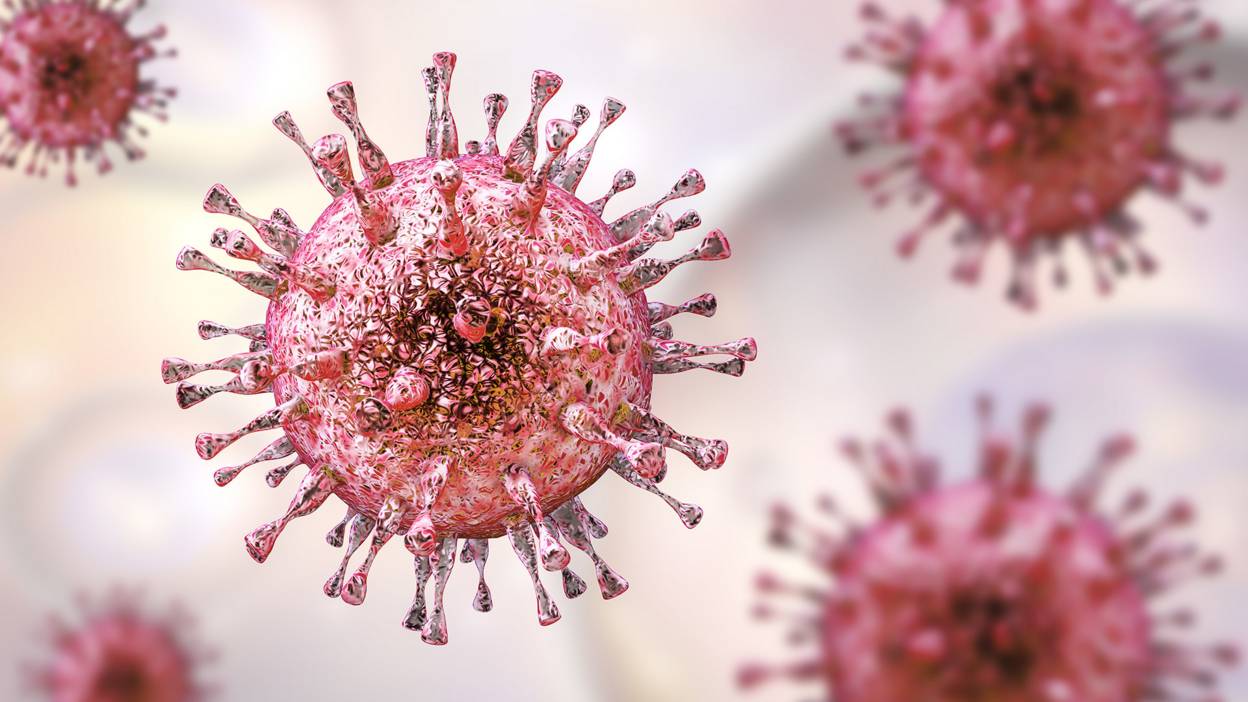This article contains adult themes
When I was 20, a charity delivered a box of oral sex protection tools to my university. It was handed around, like some kind of sexual health lucky dip, as we all looked on in curiosity. When it came to me, I pulled out a small foil package. I had come face-to-face with my first ever ‘dental dam’.
The easiest way to explain dental dams is to think of them as mouth condoms. They’re a square or rectangular piece of latex that goes over the vagina or anus so that you can have oral sex without passing on infections.
Once it’s placed over the desired area, you then do exactly what you were planning on doing - with the addition of some fruit-flavoured latex. It might not sound sexy but, then, neither does herpes.
In the UK, young people aged 15-24 are still most at risk of being diagnosed with an STI than older age groups. In 2016, among heterosexuals diagnosed, 15-24 year-olds account for 62% of those with chlamydia, 50% with gonorrhoea, 49% with genital warts, and 42% with genital herpes. Gay men are also a high-risk group when it comes to STIs.
In comparison, sex between women is often viewed as low-risk - with some people incorrectly assuming lesbian and bisexual women don't need to be tested for STIs - but low-risk isn’t the same as no risk.
 Getty Images
Getty Images
When I first started dating in my teens, I had no idea that safe sex was necessary for lesbians. My first two partners were just as clueless, so we never used any protection. But that fateful dental dam made me realise that lesbians should - and could - be practising safe sex just as much as anyone else.
Just like condoms, dental dams are disposable and sold in packs. But unlike condoms, they’re not so easy to buy. They can sometimes be found in high street chemists, and they can be ordered online. Some Brook clinics or GUM services also stock them, but the very fact that they’re so hard to find says a lot about the level of importance we place on safe sex that doesn’t involve a penis.
Everyone knows about condoms and the pill. But dental dams and latex gloves don't tend to get a look-in.
Kaite Welsh
As most of us know, penetration doesn’t have to involve a penis, whether among lesbian or straight couples. There’s always a risk of spreading infections via digital penetration – particularly if you have a cut or scratch on your hand, or if you have a cold sore and touch it before having sex.
Everyone knows about condoms and the pill; we’re all taught about them in school. But dental dams and latex gloves (I’ll get to those in a minute) don't tend to get a look-in.
 globalprotection.com
globalprotection.com
As for safe sex for LGBTQ+ people, that was never mentioned in any classes I went to. There’s little research into the area, but a 2008 survey by Stonewall(the leading LGBTQ+ rights charity) revealed that less than half of lesbian and bisexual women had been tested for STIs - but the majority of those who had tested positive for something.
In 2016, a study from the National LGB&T Partnership found more than half of 101 lesbian women said they'd had "negative" experiences at a sexual health clinic. It is in line with the Stonewall findings, where one respondent said, “My doctor said they did not know how I had got genital herpes as there was ‘no penis involved’. The GP took no account of the fact that I could pass bacterial vaginosis to my partner and did not prescribe the appropriate medication for my partner.”
So, here's some advice: keep your nails short and clean. No one wants a scratch somewhere you can’t stick a plaster. And, if you’re using more than two fingers, consider latex gloves. Thin, smooth and transparent, they’re the kind you can buy in the chemist by the box load – they’re a (slightly) sexier version of washing up gloves.
 Getty Images
Getty Images
Both digital penetration and oral sex carry a very real risk of STIs like chlamydia, gonorrhoea, and syphilis, which is why it’s important for people to use mouth condoms and latex gloves. Unless both partners know they’re free from infection, they should be using all available forms of protection. Although neither dental dams nor condoms can fully prevent the transmission of bacterial or viral infections. They only reduce risk.
I’ve known I was a lesbian since I was a teenager. My mother told me to pay attention during sex ed at school, “just in case” I ever ended up with a man. And so I treated putting a condom on a banana just as I did being able to swim 50 metres in my pyjamas - it might be useful in an emergency, but I didn’t think it was a skill I’d need in my adult life.
Twenty years on and I’ve still never had to swim for my life in my nightwear, but the condom thing has actually come in handy. If you’re using sex toys such as dildos, condoms still have an important function in reducing STIs, especially if you’re sharing toys with a partner. (It’s also essential to clean them properly.)
All of us – regardless of our sexual orientation or the kind of sex we are having – need to think about the protection we use. Because when it comes to it, most of us would much rather suck on a piece of latex than end up with super-gonorrhoea.
















